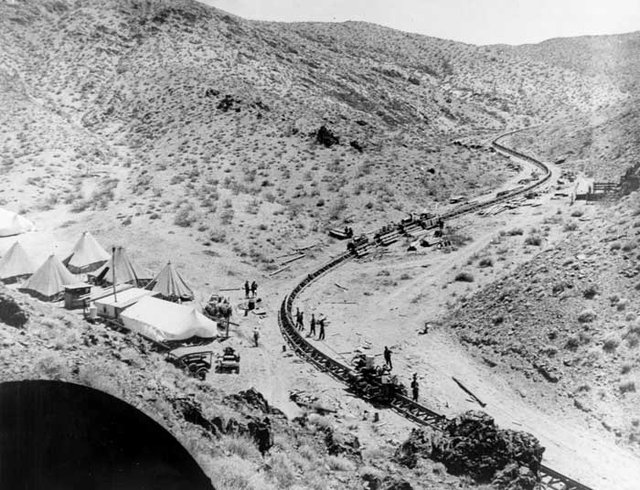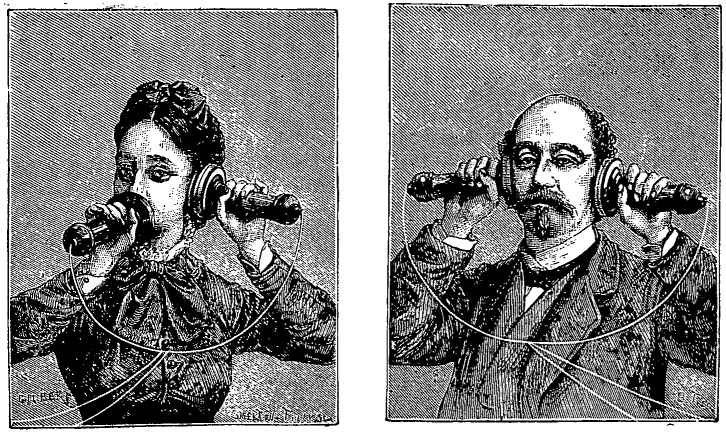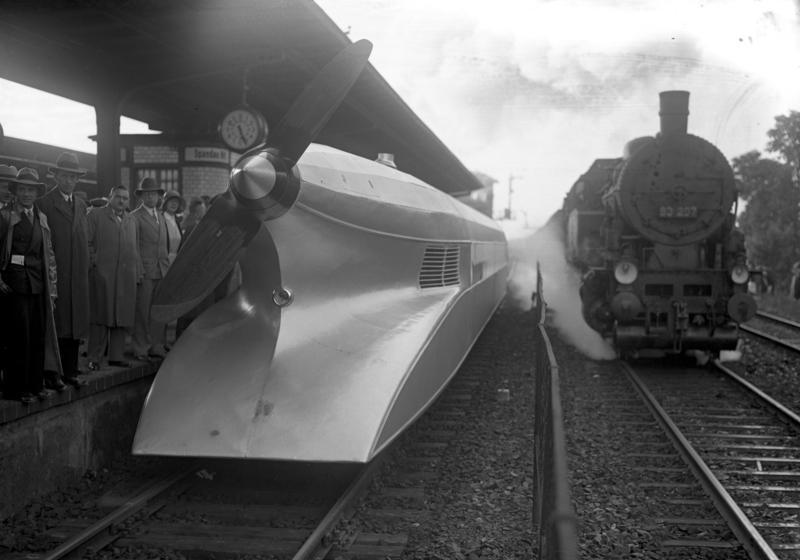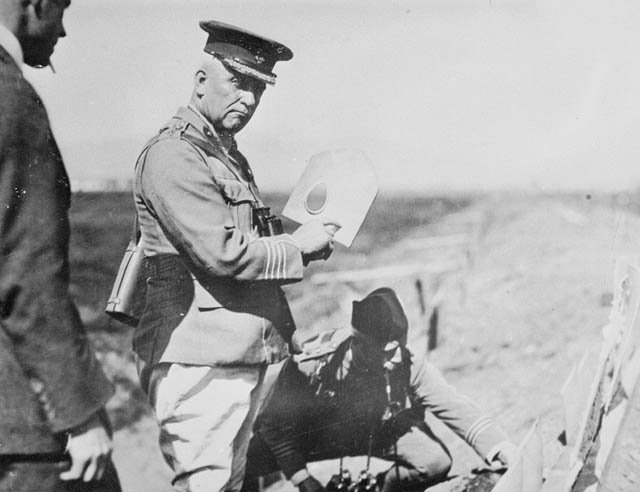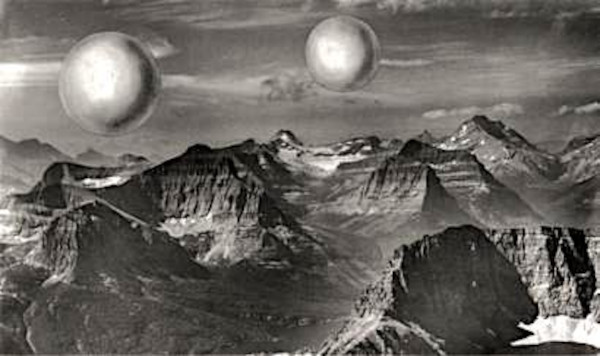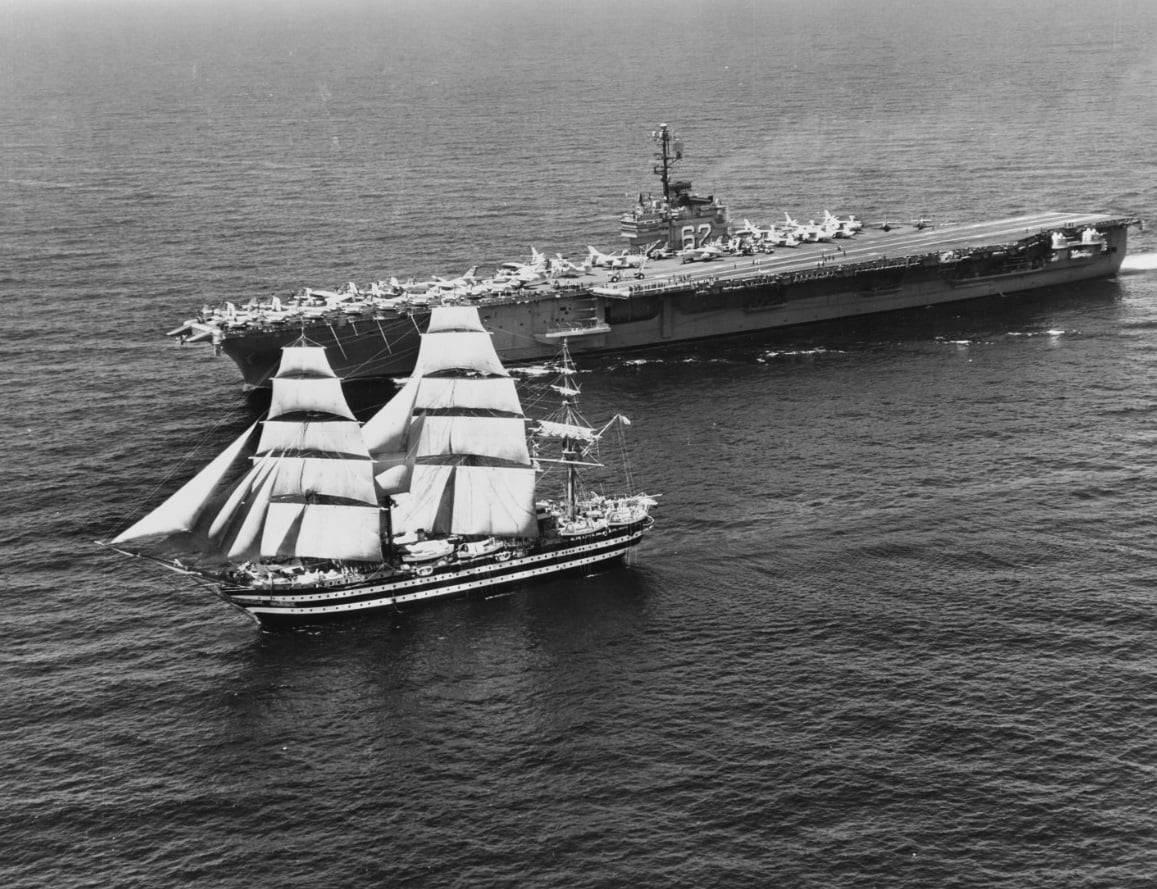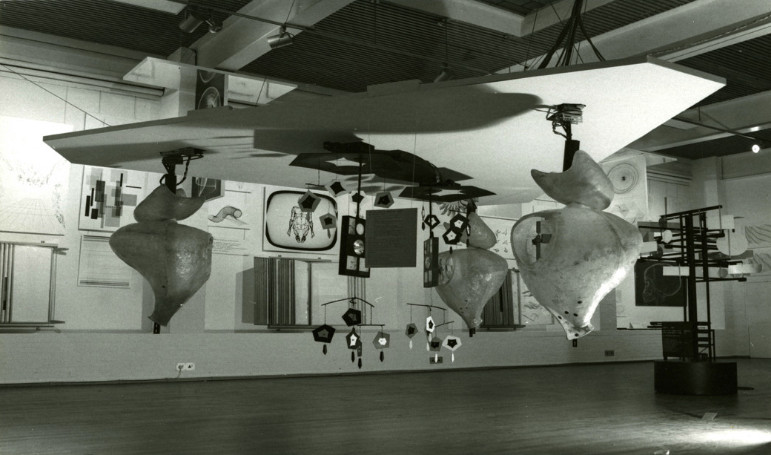
For the 1968 exhibition Cybernetic Serendipity in London, inventor Gordon Pask created a society of mobiles, two “males” and three “females” that had to learn to communicate, cooperate, and compete in order to satisfy their drives. The males could project light beams, and the females could, if they chose, reflect a beam back to the sending male, which he desired. The males had to compete with one another to find cooperative females, and the females competed to find males projecting suitably colored light.
Male I sends out an intermittent directional visual signal which serves to identify it as ‘male I’ and its desire as ‘O [orange] satisfaction.’ … Should the directional signal fall on the receptor of a female who is trying to cooperate, she produces an identifying sound in synchrony with the intermittent light signal. Male I detects the correlation between the female and his light signal and stops his motion (unless he is prevented from doing so by male II). At this point he triggers off an autonomous energetic event which consists in shining an intense orange light for at least a minimum interval in the direction of the located female. The immediate result is an increase of the O drive. However, male I anticipates reinforcement (which he will achieve if the female behaves appropriately and if the moving part, C, is appropriately positioned during at least some of this behaviour). Reinforcement, which substantially reduces the O drive, is obtained if the O goal is satisfied; that is if orange light falls on receptor C. Supposing reinforcement occurs, male I emits an identifying sound signal which is received by the cooperating female, the autonomous energetic event is prolonged and the O drive is decreased.
“The cooperative encounter terminates after a short time if reinforcement does not occur, or if it is externally disrupted. Otherwise it continues until the drive state of male I is modified so that he aims for a different goal.”
Pask stressed that the mobiles needed to learn from experience in order to satisfy their drives. The females had to learn how to position their reflectors to attract males, but the system encouraged them to find different strategies so that not all males demanded stimulation of the same receptor. Pask said, “Some may like O light on D and P [puce] light on C. She can learn that trick also.”
(From Paul Brown, et al., eds., White Heat Cold Logic: British Computer Art 1960-1980, 2008.)


